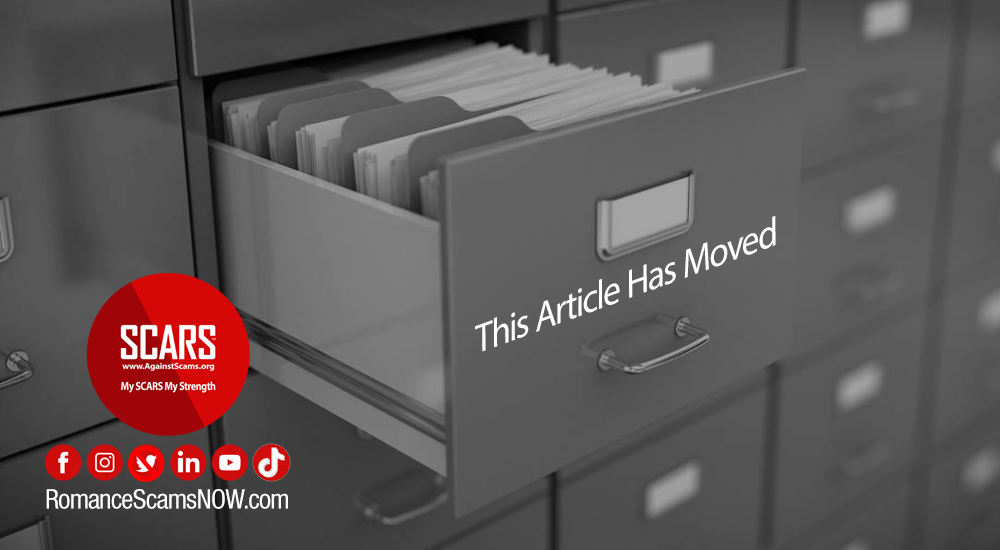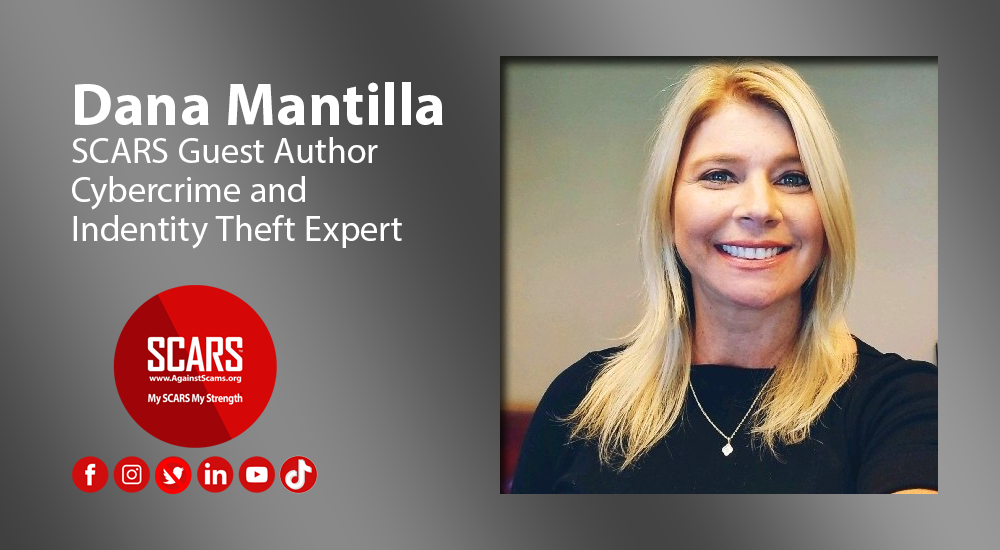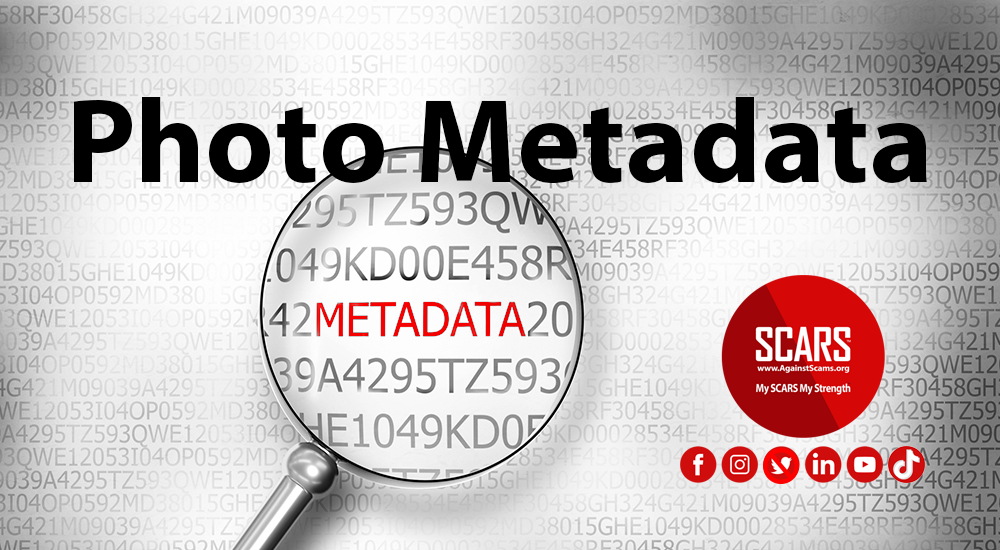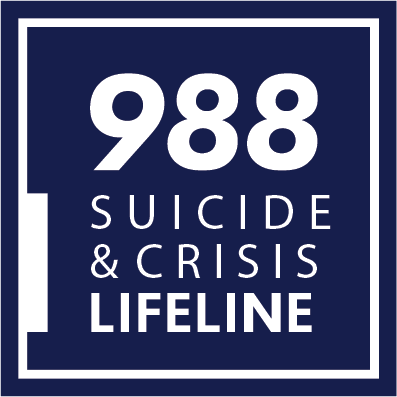Inside Those Stolen Photos! Metadata!
When you take a photo with your camera, the image itself isn’t the only thing that’s recorded. Other information like the date, time, camera model, and a host of other camera settings are also captured and stored within the image file.
Learn about Photo Metadata as a way to detect fakes
Hidden information inside digital photos can reveal much more than photographers and their subjects bargain for
According to the BBC:
When you take a photo, your smartphone or digital camera stores “metadata” within the image file. This automatically and parasitically burrows itself into every photo you take. It is data about data, providing identifying information such as when and where an image was captured, and what type of camera was used.
It is not impossible to expunge metadata, using freely available tools such as ExifTool. But many people don’t even realize the data is there, let alone how it might be used, so they don’t bother to do anything about it before they post images online. Some social media platforms remove information like geolocation (though only from public view), but many other websites do not.
This lack of awareness has proven useful for police investigators, to help them place unwitting criminals at a scene. But it also poses a privacy problem for law-abiding citizens if the authorities can track their activities through images on their camera and social media. And unfortunately, savvy criminals can use the same tricks as the police: if they can discover where and when a photo was taken, it can leave you vulnerable to crimes such as burglary or stalking.
But metadata is not the only thing hidden in your photos. There is also a unique personal identifier linking every image you capture to the specific camera used, but it’s one you’d probably never suspect. Even professional photographers might not realize or remember that it’s there.
To understand what this identifier is, you first have to understand how a photo is captured. Central to every digital camera, including those inside smartphones, is its imaging sensor. This is composed of a grid of millions of silicon “photosites”, which are cavities that absorb photons (light). Due to a phenomenon known as the photoelectric effect, the absorption of photons causes a photosite to eject electrons a bit like a nightclub bouncer.
The electrical charge of the electrons emitted from a photosite is measured and converted into a digital value. This results in a single value for each photosite, which describes the amount of light detected. And this is how a photo is formed. Or etymologically speaking, a drawing with light.
However, due to imperfections in the manufacturing process of imaging sensors, the dimensions of each photosite differs ever so slightly. And when coupled with the inherent inhomogeneity of their silicon material, the ability of each photosite to convert photons to electrons varies. This results in some photosites being more or less sensitive to light than they should be, independent of what is being photographed.
So, even if you used two cameras of the same make and model to snap a uniformly lit surface – where every point on the surface has the same brightness – there’d be subtle differences unique to each camera.
Much like snowflakes, no two imaging sensors are alike.
The different sensitivities of the photosites create a type of imperceptible image watermark. Although unintentional, it acts like a fingerprint, unique to your camera’s sensor, which is imprinted onto every photo you take. Much like snowflakes, no two imaging sensors are alike.
In the digital image forensics community, this sensor fingerprint is known as “photo response non-uniformity”. And it’s “difficult to remove even when one tries”, says Jessica Fridrich of Binghamton University in New York state. It’s inherent to the sensor, as opposed to measures, such as photo metadata, that are “intentionally implemented”, she explains.
Viewing Photo Metadata
- To Display the Photo’s Metadata go here: online metadata and exif viewer (metapicz.com)
- Or download the Exiftool onto your computer: ExifTool by Phil Harvey
However, this will not work on photos that have been posted to Facebook. Instead, ask the scammer to email the photos if possible. If there are still no metadata, it means they were copied from someone’s social media profile.
How to View EXIF Data in Windows
- Viewing EXIF data in Windows is easy. Just right-click on the photo in question and select “Properties”.
- Click on the “Details” tab and scroll down—you’ll see all kinds of information about the camera used, and the settings the photo was taken with.
How to View EXIF Data Using Preview in macOS
- On macOS, by opening up a photo in Preview. Once open, click on “Tools” up in the menu bar at the top.
- From there, select “Show Inspector”.
- Click on the “Exif” tab if it’s not already selected.
You’ll then see the advanced information about the photo, including the various camera settings that were used. It’ll even tell you if the flash was used or not.
You won’t see as much info (or you’ll see generic info) if your photo was taken on a smartphone, but you’ll see much more on DSLRs and other cameras. You can even see the serial number of the camera body.
Example Exif Metadata from a
Smartphone Camera Photo
Camera
| Make | samsung |
| Model | SM-N950U |
| Exposure | 1/421 |
| Aperture | 1.7 |
| Focal Length | 3.0 mm |
| ISO Speed | 40 |
| Flash | No Flash |
Maker Notes
| MakerNoteVersion | 0100 |
| DeviceType | Cell Phone |
| RawDataByteOrder | Little-endian (Intel, II) |
| RawDataCFAPattern | Swap |
| FaceDetect | Off |
EXIF
| ImageWidth | 3264 |
| ImageHeight | 2448 |
| Make | samsung |
| Model | SM-N950U |
| Orientation | Rotate 90 CW |
| XResolution | 72 |
| YResolution | 72 |
| ResolutionUnit | inches |
| Software | N950USQS8DTJ1 |
| ModifyDate | 2020:12:24 15:40:30 |
| YCbCrPositioning | Centered |
| ExposureTime | 1/421 |
| FNumber | 1.7 |
| ExposureProgram | Program AE |
| ISO | 40 |
| ExifVersion | 0220 |
| DateTimeOriginal | 2020:12:24 15:40:30 |
| CreateDate | 2020:12:24 15:40:30 |
| MaxApertureValue | 1.7 |
| MeteringMode | Center-weighted average |
| Flash | No Flash |
| FocalLength | 3.0 mm |
| FlashpixVersion | 0100 |
| ColorSpace | sRGB |
| ExifImageWidth | 3264 |
| ExifImageHeight | 2448 |
| ExposureMode | Auto |
| WhiteBalance | Auto |
| FocalLengthIn35mmFormat | 25 mm |
| SceneCaptureType | Standard |
| ImageUniqueID | V08QSJA01CM V08QSJA01CM |
| GPSLatitudeRef | South |
| GPSLatitude | 0 |
| GPSLongitudeRef | West |
| GPSLongitude | 0 |
PLEASE SHARE OUR ARTICLES WITH YOUR FRIENDS & FAMILY
HELP OTHERS STAY SAFE ONLINE – YOUR KNOWLEDGE CAN MAKE THE DIFFERENCE!
THE NEXT VICTIM MIGHT BE YOUR OWN FAMILY MEMBER OR BEST FRIEND!
By the SCARS™ Editorial Team
Society of Citizens Against Relationship Scams Inc.
A Worldwide Crime Victims Assistance & Crime Prevention Nonprofit Organization Headquartered In Miami Florida USA & Monterrey NL Mexico, with Partners In More Than 60 Countries
To Learn More, Volunteer, or Donate Visit: www.AgainstScams.org
Contact Us: Contact@AgainstScams.org
-/ 30 /-
What do you think about this?
Please share your thoughts in a comment below!
Article Rating
Table of Contents
- When you take a photo with your camera, the image itself isn’t the only thing that’s recorded. Other information like the date, time, camera model, and a host of other camera settings are also captured and stored within the image file.
- How to View EXIF Data in Windows
- How to View EXIF Data Using Preview in macOS
- Camera
- Maker Notes
- EXIF
- PLEASE SHARE OUR ARTICLES WITH YOUR FRIENDS & FAMILY
- By the SCARS™ Editorial Team
Society of Citizens Against Relationship Scams Inc. - The Issue Of Race In Scam Reporting
Click Here To Learn More!
RATE THIS ARTICLE?
LEAVE A COMMENT?
Recent Comments
On Other Articles
- Nikolaus on Dating Scammers Paradise: Ivory Coast: “The Ivory Coast romance scam is still going on. It seems that local authorities don’t handle the issue effectively!” Dec 10, 02:17
- on The SCARS Institute Top 50 Celebrity Impersonation Scams – 2025: “Thank you – we will.” Dec 7, 11:41
- on The SCARS Institute Top 50 Celebrity Impersonation Scams – 2025: “You should add Sean Bean to your list of Celebrities. This one is very good, and persistent. He will be…” Dec 2, 12:07
- on How You Think & Talk About Your Scam Affects Your Recovery: “I have hung on to the scams for far too long. With the intervention of an all-merciful God, I have…” Nov 6, 22:13
- on Disengaging From A Fake Scam Relationship: “Taci, you may want to join our new support community at www.SCARScommunity.org” Nov 6, 03:01
- on Disengaging From A Fake Scam Relationship: “This particular article helped me discover the many things I did wrong the first time I was scammed. I should…” Nov 5, 22:49
- on About the SCARS RomanceScamsNOW.com Website – 24 Years Published: “It was unavailable for a few days, but it is available again. If he would be interested, he is welcome…” Nov 5, 00:59
- on About the SCARS RomanceScamsNOW.com Website – 24 Years Published: “My husband has been scammed and your classes have been helping him but now he can’t seem to access them.…” Oct 26, 14:57
- on Talia Shepard – Impersonation Victim – Stolen Photos – 2024: “Hi, I’m Patrick from Belgium and I found this site by chance, so I just got to know it, and…” Oct 17, 23:46
- on Talia Shepard – Impersonation Victim – Stolen Photos – 2024: “Hallo ik ben Patrick uit Belgie en het is in verband over PayPal. Ik heb het dit jaar spijtig genoeg…” Oct 17, 23:08
ARTICLE META
Important Information for New Scam Victims
- Please visit www.ScamVictimsSupport.org – a SCARS Website for New Scam Victims & Sextortion Victims
- Enroll in FREE SCARS Scam Survivor’s School now at www.SCARSeducation.org
- Please visit www.ScamPsychology.org – to more fully understand the psychological concepts involved in scams and scam victim recovery
If you are looking for local trauma counselors please visit counseling.AgainstScams.org or join SCARS for our counseling/therapy benefit: membership.AgainstScams.org
If you need to speak with someone now, you can dial 988 or find phone numbers for crisis hotlines all around the world here: www.opencounseling.com/suicide-hotlines
A Note About Labeling!
We often use the term ‘scam victim’ in our articles, but this is a convenience to help those searching for information in search engines like Google. It is just a convenience and has no deeper meaning. If you have come through such an experience, YOU are a Survivor! It was not your fault. You are not alone! Axios!
A Question of Trust
At the SCARS Institute, we invite you to do your own research on the topics we speak about and publish, Our team investigates the subject being discussed, especially when it comes to understanding the scam victims-survivors experience. You can do Google searches but in many cases, you will have to wade through scientific papers and studies. However, remember that biases and perspectives matter and influence the outcome. Regardless, we encourage you to explore these topics as thoroughly as you can for your own awareness.
Statement About Victim Blaming
Some of our articles discuss various aspects of victims. This is both about better understanding victims (the science of victimology) and their behaviors and psychology. This helps us to educate victims/survivors about why these crimes happened and to not blame themselves, better develop recovery programs, and to help victims avoid scams in the future. At times this may sound like blaming the victim, but it does not blame scam victims, we are simply explaining the hows and whys of the experience victims have.
These articles, about the Psychology of Scams or Victim Psychology – meaning that all humans have psychological or cognitive characteristics in common that can either be exploited or work against us – help us all to understand the unique challenges victims face before, during, and after scams, fraud, or cybercrimes. These sometimes talk about some of the vulnerabilities the scammers exploit. Victims rarely have control of them or are even aware of them, until something like a scam happens and then they can learn how their mind works and how to overcome these mechanisms.
Articles like these help victims and others understand these processes and how to help prevent them from being exploited again or to help them recover more easily by understanding their post-scam behaviors. Learn more about the Psychology of Scams at www.ScamPsychology.org
Psychology Disclaimer:
All articles about psychology and the human brain on this website are for information & education only
The information provided in this article is intended for educational and self-help purposes only and should not be construed as a substitute for professional therapy or counseling.
While any self-help techniques outlined herein may be beneficial for scam victims seeking to recover from their experience and move towards recovery, it is important to consult with a qualified mental health professional before initiating any course of action. Each individual’s experience and needs are unique, and what works for one person may not be suitable for another.
Additionally, any approach may not be appropriate for individuals with certain pre-existing mental health conditions or trauma histories. It is advisable to seek guidance from a licensed therapist or counselor who can provide personalized support, guidance, and treatment tailored to your specific needs.
If you are experiencing significant distress or emotional difficulties related to a scam or other traumatic event, please consult your doctor or mental health provider for appropriate care and support.
Also read our SCARS Institute Statement about Professional Care for Scam Victims – click here to go to our ScamsNOW.com website.



















Thank you for your comment. You may receive an email to follow up. We never share your data with marketers.